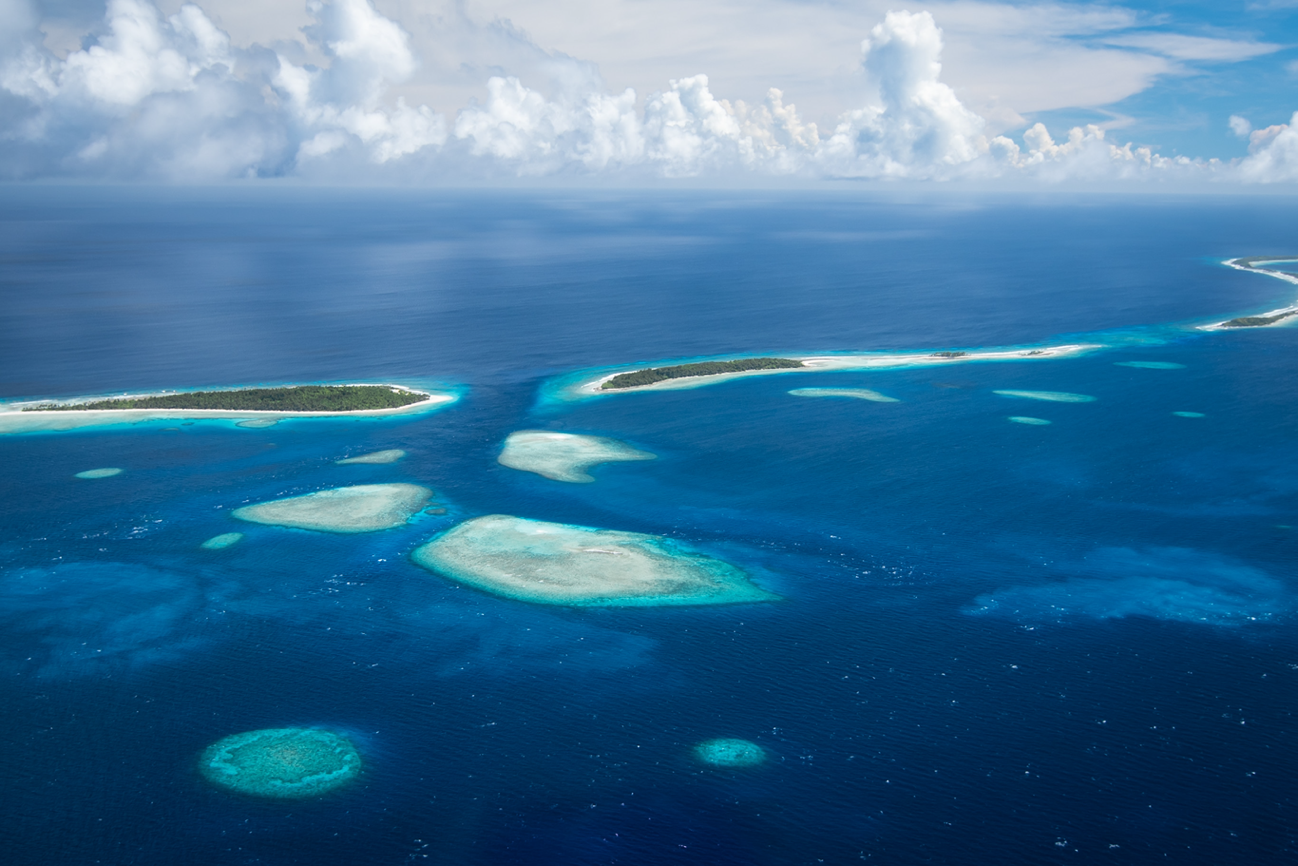Rising sea levels could sink buildings and flood much of the Marshall Islands, but the country’s climate envoy refuses to accept the scenario experts describe as a looming reality: She wants world leaders to step up.
“I don’t think it should be acceptable to any person in this world to write off a country,” Tina Stege told Sky News at the COP26 summit that started Monday in Glasgow, Scotland, where dozens of heads of state and government are gathering Monday for climate negotiations.
Her country doesn’t have the luxury of waiting. The central Pacific island nation, home to nearly 60,000 people, is already reeling from droughts and flooding while it prepares what she calls “a survival plan.”
But like many of the countries hit hardest by climate change, the Marshall Islands needs help and money. While developed nations had pledged more than a decade ago to mobilize $100 billion a year by 2020 to help poorer ones cope with climate impacts, they have fallen short, according to the United Nations.
“Those who are the larger wealthier nations who have really created the problem in the first place, unfortunately, have the resources to respond and we do not,” she also told the BBC on Sunday. “We need to start thinking about how to raise land, buildings, how we are going to survive.”
Her appeal comes after a World Bank report said last month that the Marshall Islands will be one of the world’s first nations where rising sea levels will threaten its existence.
The study visualized how projected rises from 0.5 to two meters will confront the islands with the difficult, and expensive, task of protecting hospitals and schools, driving communities out of their homes.
The research — which pinpoints infrastructure that could drown and lays out plans to curb risks over the next 100 years — noted it could not predict exactly when the sea will hit what level, as that also depends on whether targets from the 2015 Paris climate accord are met.
That means “it can’t be too late,” according to Stege, who called on “major emitters” to keep earlier promises of cutting down greenhouse gas emissions.
Without more ambitious action, the world is projected to warm 2.7 degrees Celsius (nearly 4.9 degrees Fahrenheit) by 2100 compared with preindustrial levels. Leaders have pledged to try to limit that temperature rise to 1.5 degrees Celsius (2.7 degrees Fahrenheit) to avoid the most disastrous effects of climate change.
“We’re on the front lines,” the Marshall Islands envoy said. “We are the most vulnerable and if you protect the most vulnerable you protect yourself.”




